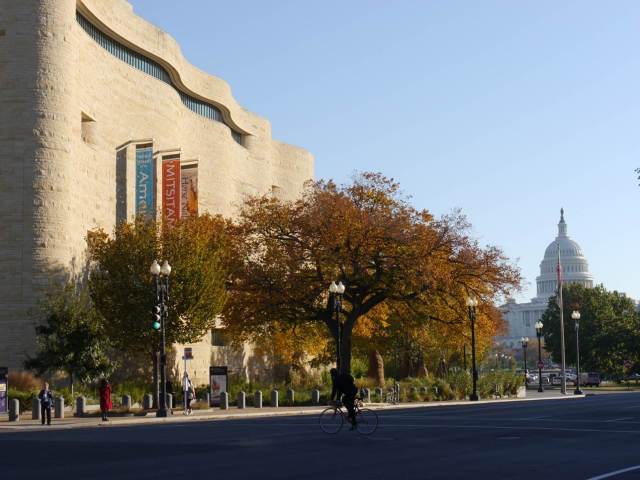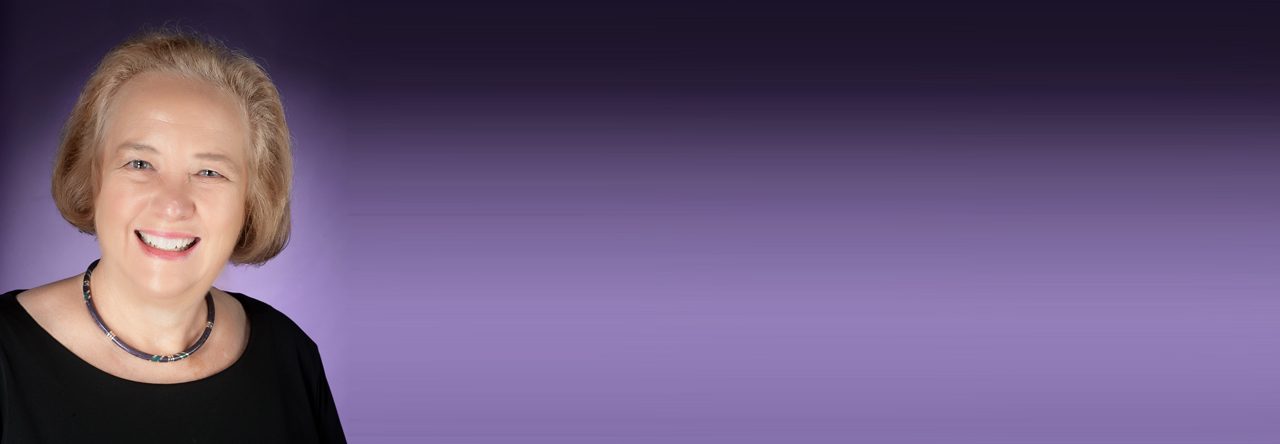I’ve purposefully waited until after the US Thanksgiving weekend to draft this blogpost. I’ve been thinking, throughout the entire month of November, about what to say. After all, November is National Native American Heritage Month. As noted on a webpage describing the rightful goal of honoring Native peoples throughout November, the “Library of Congress, National Archives and Records Administration, National Endowment for the Humanities, National Gallery of Art, National Park Service, Smithsonian Institution and United States Holocaust Memorial Museum” have “join[ed] in paying tribute to the rich ancestry and traditions of Native Americans.” A worthy goal! One underscored on that very same webpage via a November calendar’s rich array of highlighted activities and celebrations. So, you might ask, why add my lone, admittedly white voice to this worthy topic, one already served by an abundance of impressive institutional leadership?

Because, I’d argue, this is a month when every white educator should welcome the extra responsibility—one we should actually honor all year—to learn about and teach Native heritage. Native Americans don’t need to be taught, of course. But if we study the lessons they can teach us, we can, in turn, share them with whites, especially if we teach (as I do) at a predominantly white institution (a PWI).

There’s a clear irony, obviously, in designating THIS month as a time to honor American Indian heritage. After all, this is also the month of US Thanksgiving, a holiday to which I suspect many Native peoples respond with feelings similar to those Frederick Douglass wrote about in his famous speech about another myth-loving national holiday, “What to the Slave is the Fourth of July?” Douglass’s address brilliantly articulated the gap between ideals we often associate with July 4, the Declaration of Independence, and the US Constitution, on the one hand, and the reality of his own lived experience as an escaped slave. Between the grandiose language of the United States’ founding documents and the continued oppression of slavery.
So, Douglass boldly declared, on July 4, 1852:
“I am not included within the pale of this glorious anniversary! Your high independence only reveals the immeasurable distance between us. The blessings in which you, this day, rejoice, are not enjoyed in common. The rich inheritance of justice, liberty, prosperity and independence, bequeathed by your fathers, is shared by you, not by me.”
I suspect that many Native Americans harbor parallel, comparable thoughts about the annual national holiday on the fourth Thursday of November.
Perhaps, just perhaps, the inaccurate myths many Americans associate with Thanksgiving make November the ideal (if ironic) time for National American Indian Heritage Month, after all. Maybe this is the best time to reconsider and re-vise our familiar histories of Thanksgiving through a lens of indigenous culture. To recognize whom this celebration mis-represents. To craft corrective histories.
I turn to another website, this one sponsored by National Geographic and entitled “Recognizing Native American Perspectives: Thanksgiving and the National Day of Mourning.”
This instructional webspace describes Wamsutta James’s speech—a striking parallel to Frederick Douglass’s referenced above. Invited to give an address at a celebratory dinner for the 350th anniversary of the Pilgrims’ landing at Plymouth, Wamsutta James, his draft having been rejected by the organizers, instead helped arrange a protest occasion in Plymouth, on Thanksgiving Day. His speech helped launch the National Day of Mourning, presented by the United American Indians of New England to deliver a counter-narrative to what we might, if we were honest, dub “white Thanksgiving.”
The NDOM honors the Wampanoag people—especially Massasoit, their leader, who, yes, made a treaty with the settlers, but whose interactions with the interloper newcomers should never be reduced to the kind of caricatures so often performed in schoolrooms across the US today, when kids dress up in inaccurate, stereotyping costumes. Recent NDOM occasions have included marches that underscore the “we’ll still here” message also powerfully communicated in teaching sites like the National Museum of the American Indian and political activism like the Standing Rock protests by Water Protectors.
This final week of November, I hope other Americans, like me, who descend from transatlantic settler colonials, will hold in our minds and hearts an alternative Thanksgiving. A time of learning, from the Native scholar-teachers all around us, about dimensions of US history that don’t align with the myths we probably learned in elementary school.
Here’s one place to start.
Read a powerful essay by an NMAI leader I’m proud to call one of my mentors, Dennis Zotigh: “Do American Indians celebrate Thanksgiving?” Dennis answers his title’s question—“Do I celebrate Thanksgiving?—with a “no.” Yet, through this essay and his work at the NMAI, Dennis takes advantage of such teaching moments as Thanksgiving to communicate a fuller, more complex history than what I learned in elementary school. He urges us to reject the mockery of negative stereotyping; to study the life of Squanto, a Patuxet, with attention to detail; to understand that the “Pilgrims did not introduce the concept of thanksgiving; the New England tribes already had autumn harvest feasts.”

I am thankful for the teaching of generous, wise elders like Dennis Zotigh. I’m thankful too, this November 2018, for the ongoing vision of the National Museum of the American Indian as a learning site; for the artistry to Native writers like Diane Glancy, Louise Erdrich, Heid E. Erdrich, Laura Tohe and Tommy Orange; for the scholarship of Malea Powell, Gerald Vizenor, Lisa King, and Philip DeLoria; for the scholarly political activism blended with artistic story-making of Denise Lajimodiere and the National Native American Boarding School Healing Coalition; and for all the opportunities I have to study corrective histories that complicate American myth-making.
I pledge, in this season of Thanksgiving, to keep on learning.

I love this essay and your Thanksgiving pledge!
LikeLike
Thank you so much for your note!
LikeLike
Wonderful essay! I’m currently a junior at TCU and I did my research paper this semester on the National Native American Veterans’ Memorial to be built on the NMAI grounds of the Mall. It’s refreshing to read from someone who looks to correct the misguided narrative of Native American history. I look forward to reading more of your work! Go Frogs!
LikeLike
Thank you so much!
LikeLiked by 1 person